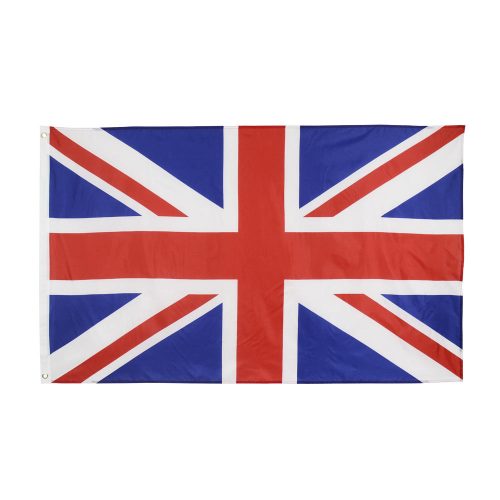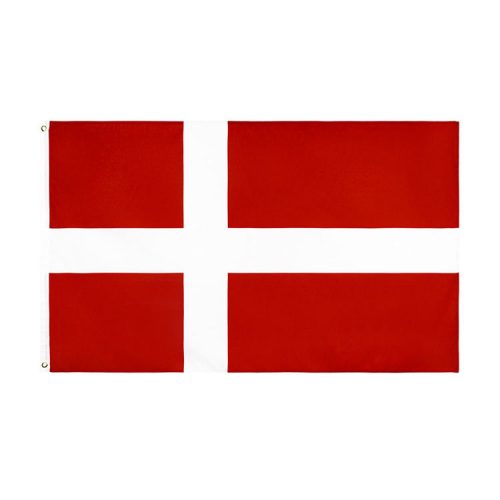Properly displaying and handling a country’s flag is important because it is a symbol of national identity and pride. Here are some guidelines for displaying and handling a country’s flag:
- Displaying the flag: The flag should be displayed in a prominent position, preferably on a flagpole. It should always be flown above other flags, and it should not touch the ground or any other object.
- Folding the flag: When the flag is not being flown, it should be folded in a specific way to show respect for the flag. There are different ways to fold the flag depending on the country, but generally, it should be folded in a triangular shape.
- Handling the flag: The flag should be treated with respect at all times. It should not be used as a tablecloth, draped over a car, or used for any other purpose that is not respectful.
- Lighting: If the flag is flown at night, it should be properly illuminated so that it is visible.
- Storage: The flag should be stored in a dry, clean place. It should not be left outside in inclement weather or stored in a place where it could become dirty or damaged.
It’s also important to note that different countries may have specific guidelines for displaying and handling their flag. These guidelines may include specific rules about the size and proportions of the flag, the placement of the flag on the flagpole, and the use of other national symbols. It’s important to research and follow the guidelines specific to your country to ensure that you are displaying and handling the flag correctly.
In summary, properly displaying and handling a country’s flag is important to show respect for the national symbol and to uphold national pride and identity. By following the guidelines for your country, you can ensure that the flag is displayed and handled properly.


